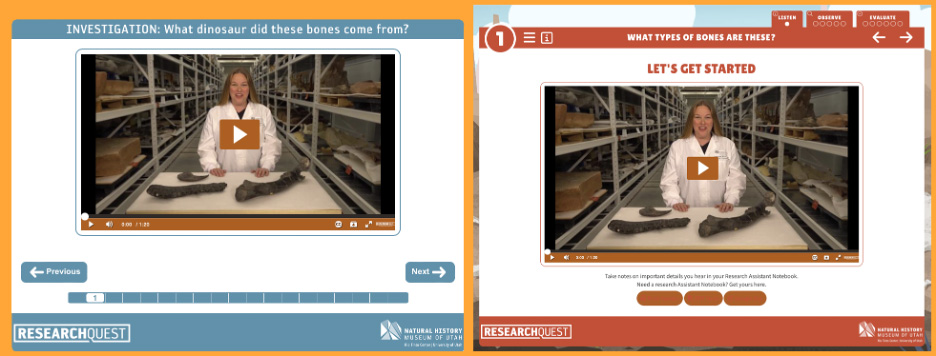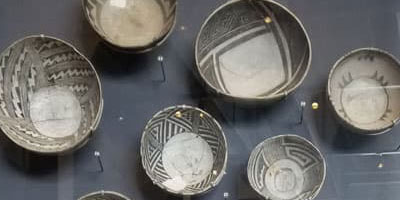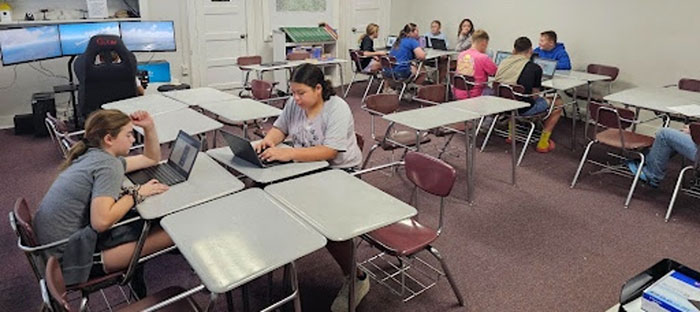
Research Quest designers are working to reformat many of our Investigations in response to educator feedback. The goal is to make these investigations even easier to use! We have started with What dinosaur did these bones come from? If you would like to help test drive this new layout, please sign up here.
Take a look at this brief clip we made for you showcasing the Research Quest Instructional Guides—a valuable resource for teachers to facilitate impactful lessons.
TO FIND THE GUIDES GO HERE.
"When I first introduced my students to the concept of Research Quest, I was met with moans and groans. However, after they began to work with their peers, and discuss what they were learning and exploring, my students began making connections to our studies that have enhanced their understanding of history and the impacts our past has left on our world today."
Kim Brower, Ogden, Utah

Move beyond water bottles to bring the earliest synthetic materials—ceramics—into your classroom with "How Do Synthetic Materials Impact Society?"
This inquiry-based lesson challenges students to answer the question "How did ceramics impact the lives of people who first invented them, and how has that impacted society today?"
Through four engaging lessons, students will analyze ceramic sherds (a synthetic material) and gather real archaeological data to engage with their research question.
We estimate the Investigation will take a total of 2.5-3 hours to complete. Visit Research Quest to access the turn-key lesson plan and support materials (including editable student notebooks and evaluation rubrics). The material also includes sections on standards alignment, distance learning strategies, how to get started, and a breakdown of each part of the investigation.
LEARN MORE HERE.
Kris Larsh, Science Teacher and Information Technology Director in Fittstown, Oklahoma, shared with us how he brings the power of Research Quest into his classrooms.

"My name is Kris Larsh. I'm the Science, STEM, and Career teacher at Stonewall/McLish Public School. I use Research Quest to strengthen student research-based learning.
Research-based learning allows my students to understand the roles of career scientists and see how the scientific process works.
Oklahoma state standards require that students understand each standard not just to understand what each standard states but to be able to apply each standard. This is where Research Quest has really helped my students develop the critical research skills needed to meet state requirements.
The Research Quest investigations my students use most are the four EPIC BioScience investigations and the What's Killing These Trees? (Lodgepole pines). These activities have not only helped my students understand the level of research needed to meet state standards but have helped my students understand how to improve their research for our competitive science fair teams.
Last year I had 3 teams win category champions in the National American Indian Science and Engineering Fair with AISES (Advancing Indigenous People in STEM)."